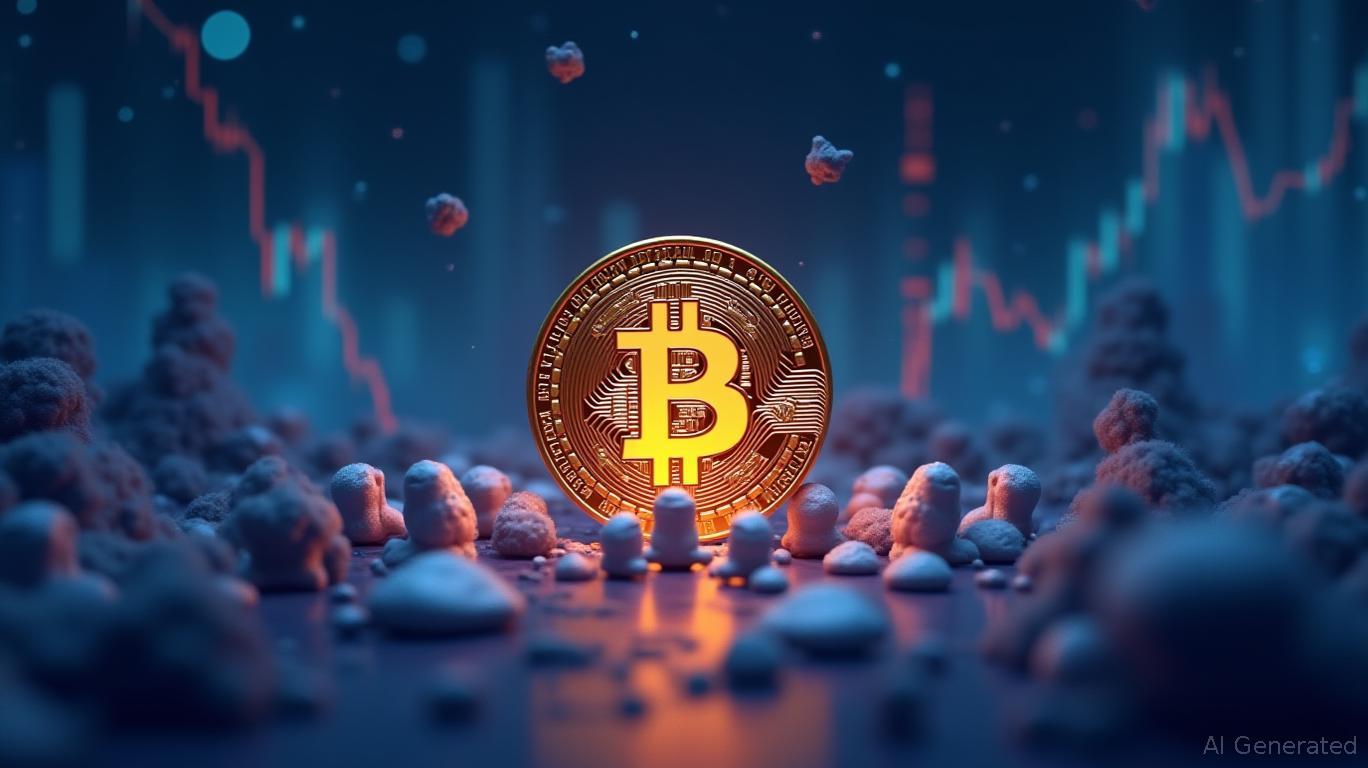OM Surges After MANTRA Announces $25M Buyback
- OM surges in response to the $25M buyback announcement.
- The buyback will retire nearly 10% of OM’s supply.
- MANTRA reinforces trust post-April price crash.
MANTRA’s native token OM surged over 7% after announcing a $25 million buyback on the MANTRA mainnet, amplifying market interest in their governance approach.
The buyback reduces OM’s liquid supply, supports price momentum, and aligns with MANTRA’s bid for institutional-grade regulatory compliance.
MANTRA has initiated a $25M buyback of its OM token, resulting in a surge above $0.25. This move comes after securing $45M in commitments, (including Inveniam’s $20M investment) , indicating strong financial backing.
The buyback, executed via MANTRA AG , aims to withdraw 110M OM, approximately 10% of its circulating supply. CEO John Patrick Mullin emphasized this as a “pivotal moment for MANTRA,” restoring confidence among investors and partners.
The buyback effectively tightens OM’s supply , driving its price upwards by over 7% in short-term trading. This action aligns with broader efforts to support the Real World Asset (RWA) token market segment.
With tokens staked on the MANTRA mainnet, liquid supply decreases, potentially attracting more institutional investors. This also strengthens OM’s role as a governance token, promoting long-term sustainability and market interest.
Experts highlight that buybacks are uncommon among crypto tokens but have demonstrated success in traditional finance. This strategic buyback could potentially stabilize the token’s value, benefiting from past precedents.
The Dubai VASP license reinforces MANTRA’s compliance, facilitating its future growth. Such infrastructural and regulatory upgrades could drive further confidence and adoption within the crypto community.
“This buyback is not only about the immediate financial impact but also about setting the stage for sustained growth and confidence in the future of MANTRA.” — John Patrick Mullin, CEO & Founder, MANTRA
Disclaimer: The content of this article solely reflects the author's opinion and does not represent the platform in any capacity. This article is not intended to serve as a reference for making investment decisions.
You may also like
Solana News Today: Pump.fun's Buybacks Stabilize PUMP Amid Bearish Pressure
- Pump.fun repurchased $58.7M PUMP tokens (4.26% supply) using 99.3% of its $10.657M revenue from Aug 20-26. - The buyback boosted PUMP's price 4% to $0.003019, with 20% 2-day gains but remains 55.7% below July 2025 highs. - Pump.fun dominates 84.1% Solana memecoin market share, generating $781M 24-hour volume vs. $53.1M for nearest rival. - Technical analysis shows PUMP trading near $0.002777 with critical support at $0.0027; break below risks 20% decline to $0.0022.

Kanye's YZY Crypto Crash Leaves 60,000 Wallets in Red
- Kanye West's YZY token surged 1,400% then collapsed 74% in 24 hours, leaving 83% of 60,000+ wallets with losses. - Insider wallets extracted $18M+ via rapid trading, while 90% of supply remained centralized with project teams. - Hayden Davis, ex-LIBRA co-founder, allegedly sniped $12M+ using unfrozen USDC funds, raising manipulation concerns. - The "pump and dump" pattern triggered 88%+ drops in related tokens and eroded trust after Kanye's Instagram hack.

Dogecoin (DOGE) vs. Mutuum Finance (MUTM): Evaluating Short-Term Volatility vs. Long-Term DeFi Utility in September 2025
- In 2025, Dogecoin (DOGE) relies on meme-driven retail hype while Mutuum Finance (MUTM) builds DeFi infrastructure with institutional-grade security. - DOGE's $0.209–$0.242 range reflects high volatility and speculative NVT/MVRV ratios, contrasting MUTM's presale traction and projected 8,571% ROI by 2026. - MUTM's dual-lending framework, USD-pegged stablecoin, and CertiK audit create structured growth, outperforming DOGE's limited utility and market whims. - Institutional validation through $14.83M presal

The Fragile Edge of DeFi: Assessing the Long-Term Viability of Decentralized Exchanges Amid Whale-Driven Volatility
- A $47.5M XPL token manipulation on Hyperliquid exposed DeFi's systemic vulnerabilities, including thin liquidity and lack of safeguards. - Whale addresses exploited isolated margin systems to trigger $7M+ retail losses through rapid price surges and cascading liquidations. - The incident highlights DeFi's paradox: transparency enables both market visibility and predatory strategies by concentrated actors. - Investors are urged to avoid speculative pre-launch tokens while platforms debate regulatory frame

